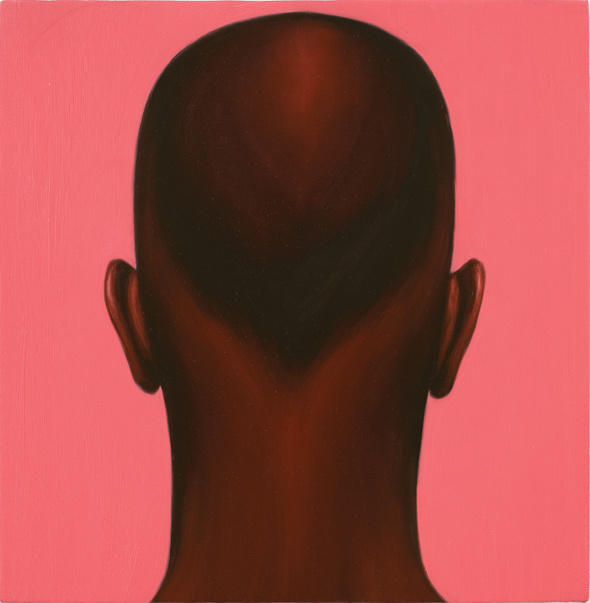September 25, 2011-January 15, 2012
SAN JOSE, California (September 14, 2011)— The San Jose Museum of Art will present So, Who Do You Think You Are? from September 25, 2011, through January 15, 2012. The exhibition explores artists’ perspectives on the age-old theme of the human condition. The exhibition features works from SJMA’s permanent collection that span the range from portraiture to social commentary to existential lament. Throughout, the artists explore our sense of both individual identity and of shared humanity. Works by Benny Andrews, Robert Arneson, Jim Campbell, Robbie Conal, Binh Danh, Hung Liu, Stephen De Staebler, Chitra Ganesh, Salomón Huerta, Edward Hopper, Bari Kumar, Vik Muniz, Manuel Neri, Alison Saar, and other artists will be on view.
“Underpinning many artists’ investigations of identity is a larger desire to make sense out of the human condition—that which poet Maya Angelou defined as ‘what we can endure, dream, fail at, and still survive.’ The works in this exhibition underscore collective hopes and fears: they reflect the important ways that art fosters humanistic understanding,” said Susan Krane, Oshman Executive Director of the San Jose Museum of Art.
Visitors will recognize the inspirational subjects of some of the portraits on view. For example, Robbie Conal depicts the Dalai Lama, Mohandas Gandhi, and Martin Luther King, Jr., in his works Waiting (Dalai Lama), Watching (Gandhi), and Dreaming (MLK), 2002. Harvey Milk is the subject of Robert Arneson’s Five Times for Harvey #1-5, 1982. Artists who investigate their own identities through alternatives to the typical self-portrait include Jim Campbell, Carlee Fernandez, Hung Liu, Vik Muniz, and Gail Nanao. Liu questions stereotypes in her painting Resident Alien (1988), which resembles a huge green card issued by the U.S. Department of Immigration and Naturalization. The artist depicts herself in the guise of a “typical” immigrant from China, named “Cookie, Fortune.”
The exhibition also includes works that allude to feelings of melancholy anonymity or social invisibility. In Maria, 1995, the duo Aziz & Cucher digitally erase the woman’s facial features, obscuring selfhood. Similarly, Salomón Huerta shows us only the back of a man’s head in his painting Untitled (Head), 2007, yet speaks volumes about the politics of facelessness.
SAN JOSE MUSEUM OF ART
The San Jose Museum of Art is a distinguished museum of modern and contemporary art and a lively center of arts activity in Silicon Valley. The leading institution in the area dedicated to the art of our time, SJMA is committed to providing access for its extraordinarily diverse populations and to pioneering new approaches to interpretation. Established in 1969, SJMA presents art ranging from modern masterpieces to recent works by young, emerging artists. SJMA’s permanent collection of more than 2,000 twentieth- and twenty-first-century works of art, including paintings, sculpture, installation, new media, photography, drawings, prints, and artist books, has a special focus on West Coast art, seen in a national and international context. SJMA is the largest provider of youth arts education in Santa Clara County and serves more than 37,000 students annually through curriculum-based arts programs and integrated technology.
The San Jose Museum of Art is located at 110 South Market Street in downtown San Jose, California. The museum is open Tuesday through Sunday, 11 a.m. to 5 p.m. Admission is $8 for adults, $5 for students and senior citizens, and free to members and children under 6. For more information, call 408-271-6840 or visit www.SanJoseMuseumofArt.org.
# # #
Programs at the San Jose Museum of Art are generously supported in part by an award from the National Endowment for the Arts, by operating support from the David and Lucile Packard Foundation; the James Irvine Foundation; the John S. and James L. Knight Foundation; the Margaret A. Cargill Foundation, the Koret Foundation; the Adobe Foundation; the MetLife Foundation; and a Cultural Affairs grant from the City of San Jose.
